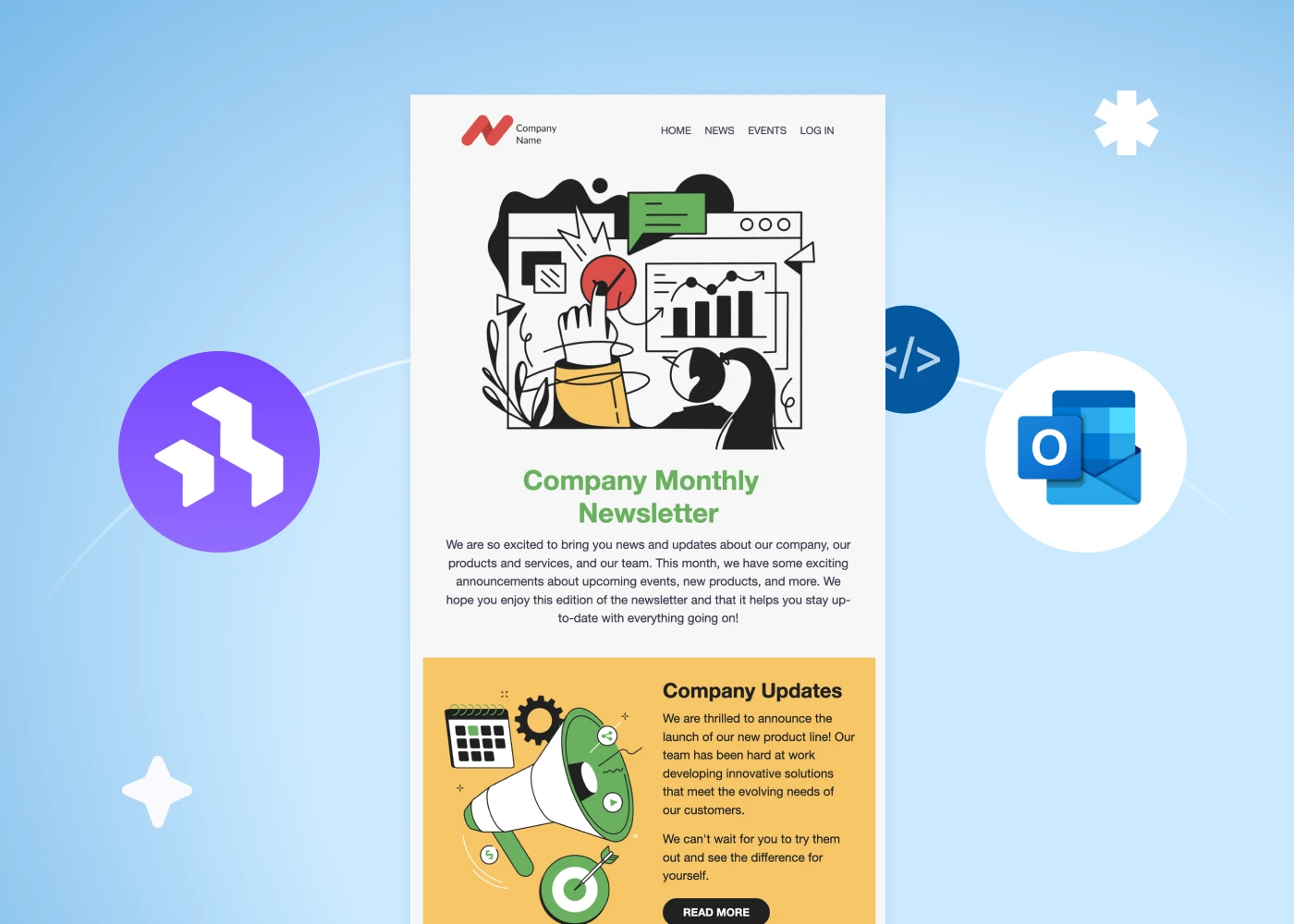Expertise
Inside the Inbox: Industry Insights & Email Excellence

How To Improve Your Email Sender Reputation For a Higher Email Deliverability Rate
What is an email sender reputation? How do you check your reputation in the first place? Are there any practices to maintain a good sender reputation? These are the questions we'll answer together in this article without overwhelming you with irrelevant technical jargon.

How to Write PR Pitch Emails
Chris Norton, host of Embracing Marketing Mistakes and a Founder of an award-winning PR agency, shares his process for writing PR pitch emails that get results.

How Email Marketing Can Support Your Personal Brand
Content writer and marketer Kruit Shah shares why email marketing is one of the best mediums for building a personal brand. Plus, key strategies for building a personal brand with email marketing.

Beginners Guide to Lifecycle Email Marketing
Discover how to optimize your email marketing strategy by understanding and leveraging the stages of lifecycle email marketing. From awareness to advocacy, learn actionable tips to get started.

The Ultimate Guide to Creating and Embedding HTML Email Templates in Outlook
Discover key strategies for overcoming Outlook's HTML rendering limitations and create beautiful HTML email templates.

How to Leverage AI in Email Marketing 2024 & Beyond
Click here to learn how AI is being leveraged by email marketers to boost efficiency and performance. Read our guide for the latest techniques and tools.

The Future of Email Marketing in 2024
Explore the future of email marketing trends like AI personalization, multi-channel experiences, and other innovative digital strategies for enhanced engagement.

How to Create a High-Converting Email Marketing Campaign
Whether you're a seasoned marketer or just starting out, this guide provides actionable tips and best practices to help you optimize your campaigns and achieve higher conversion rates

How To Utilize Gamification For Your Next Email Marketing Campaign
Transform your email marketing strategy with the innovative use of gamification. Delve into actionable insights and strategies to captivate your audience, enhance engagement, foster brand loyalty, and elevate the success of your next email campaign.

How to Start Using Landing Pages for Email Marketing in 2024
From enhancing user experiences to boosting conversion rates, this blog unveils the indispensable role of landing pages in email marketing and offers practical insights on harnessing their potential. Stay ahead of the curve and explore the key strategies to elevate your email marketing game this year and beyond.

Four Things to Help You Drive Email Clicks Right Now
Are you finding it challenging to capture the attention of your audience through email campaigns? Elevate your email marketing strategy with these four effective tactics that will not only ensure your emails land in the coveted inbox but also help you establish a stronger connection with your audience.

8 Email Marketing Metrics That Actually Matter in 2024
Understand how email marketing metrics are essential to successful campaigns, conversions, and ROI. Learn how to use the metrics to make data-driven decisions and strengthen your email marketing strategy.

Stay informed on all email trends
From the latest creative design strategies that inspire your next campaign to industry best practices and tech advancements, our newsletter is the go-to for all things creation.
Thank you! Your submission has been received!
Oops! Something went wrong while submitting the form.
By clicking Subscribe you're agreeing with our Privacy Policy